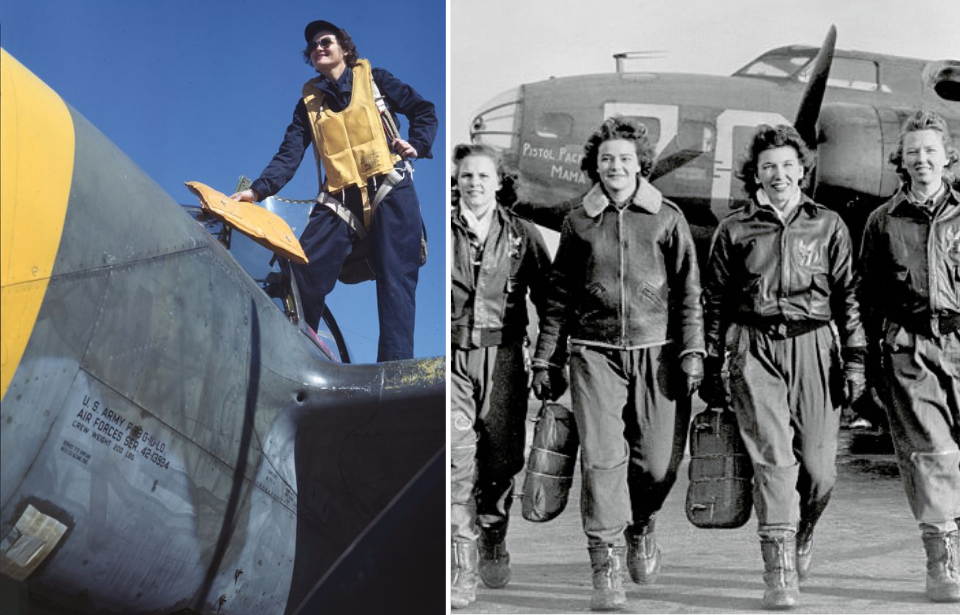Women in the US took on many positions while men were serving overseas during World War II. Some worked in factories, while others volunteered with the Red Cross. Many served in the skies, taking up positions in newly-formed female piloting organizations tasked with ferrying planes from factories to military bases.
The idea for an all-female pilot organization
The idea for using female pilots in non-combat missions was thought up by Jacqueline Cochran in 1939. She wrote to First Lady Eleanor Roosevelt, who put her in touch with General Henry H. Arnold, chief of the Army Air Forces, and General Robert Olds, head of the Air Transport Command.
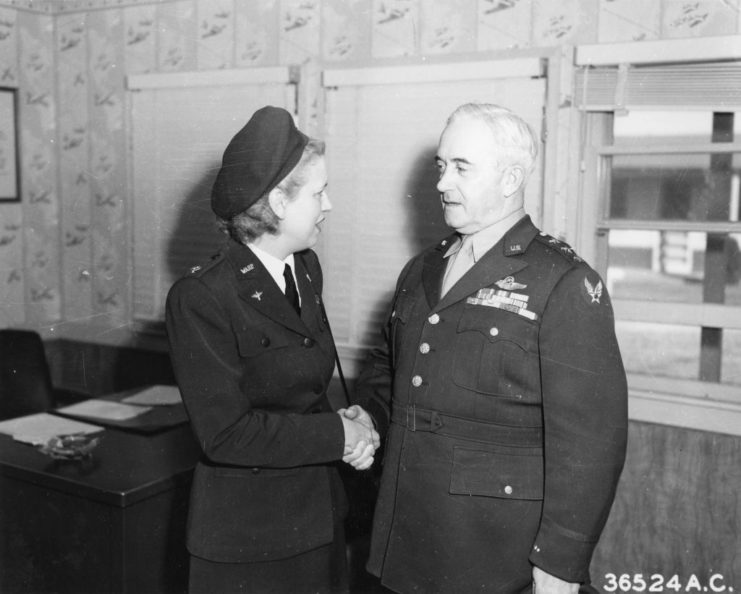
Arnold asked Cochran to ferry a bomber to Britain to generate publicity for the plan. While in the UK, she volunteered for the Air Transport Auxiliary and recruited American women to fly planes in Europe. She also studied the organization of the Royal Air Force and the ATA.
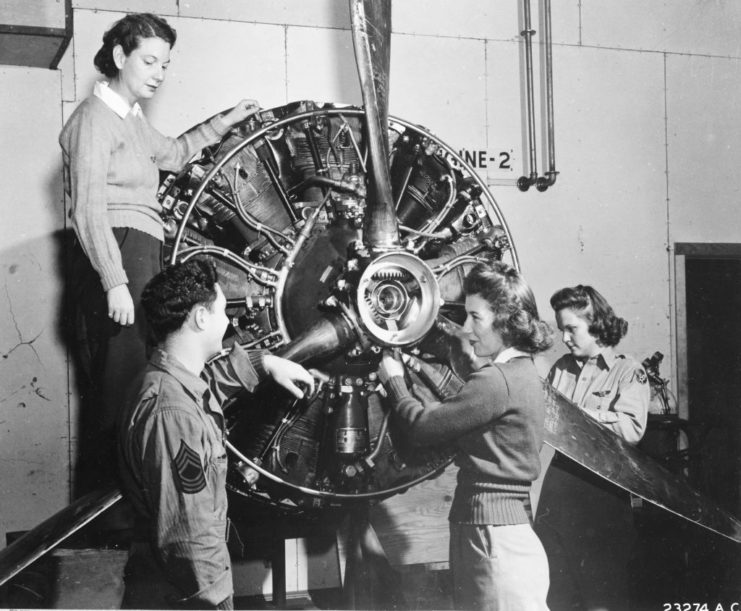
During the summer of 1941, both Cochran and Nancy Harkness Love independently submitted proposals to the US Army Air Forces to allow women to enter non-combat roles to free male pilots for combat in Europe.
Women’s Auxiliary Ferrying Squadron
Robert Love mentioned his wife to Colonel William H. Tunner, who asked if she knew other female pilots. This led them to plan an aviation ferrying program involving women. Turner initially planned to add them to the Women’s Army Auxiliary Corps, but it was later decided they would be their own operation, the Women’s Auxiliary Ferrying Squadron.
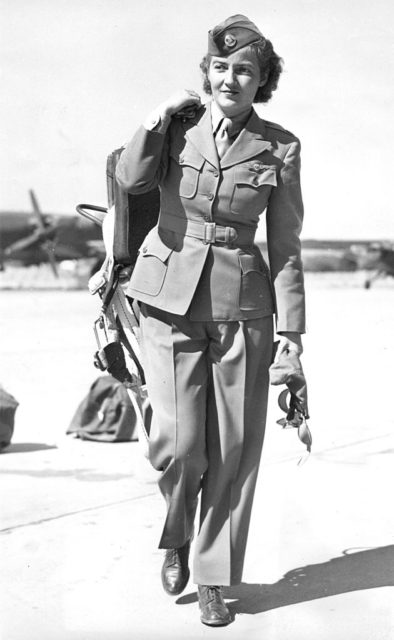
The Air Transport Command began using women pilots to ferry planes from factories to airfields. Housed at New Castle Army Air Base, they started with 28 women – the “Originals.” The first was Betty H. Gillies, who became an executive officer and its second-in-command. By October 22, 1942, the group flew its first assignment, ferrying six L-4B Cubs from their factory to Mitchel Field.
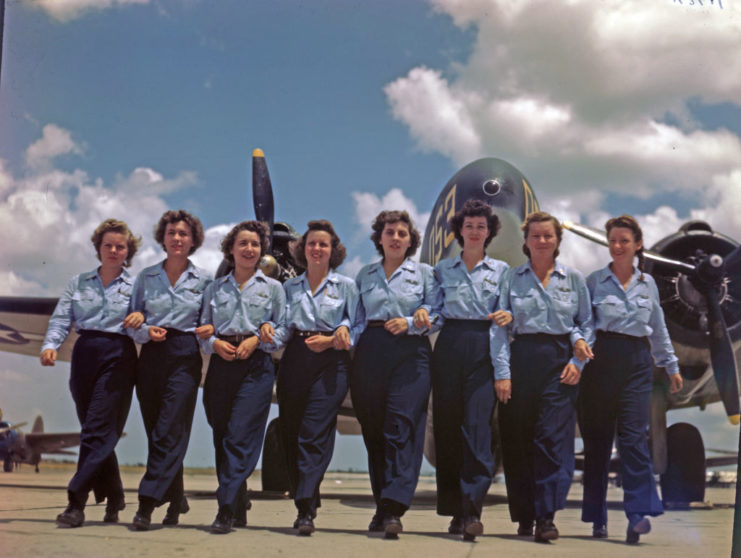
Those wishing to join the WAFS needed to be between the ages of 21 and 35 and have a commercial pilot’s license, a high school diploma, a 200 horsepower rating, experience flying across the country and 500 hours of flight time. They worked under 90 day, renewable contracts, earned $250 a month, and had to pay for their own lodgings.
Women’s Flying Training Detachment
Cochran returned from England one day before the government announced the WAFS. She was angry Love’s proposal had been accepted, so flew to Washington, D.C. to confront General Arnold about her earlier proposal. Not long after, he sent a memo to General George E. Stratemeyer, which designated Cochran the director of Women’s Flying Training. A few days later, Cochran’s training proposal was adopted, forming the 319th Women’s Flying Training Detachment.
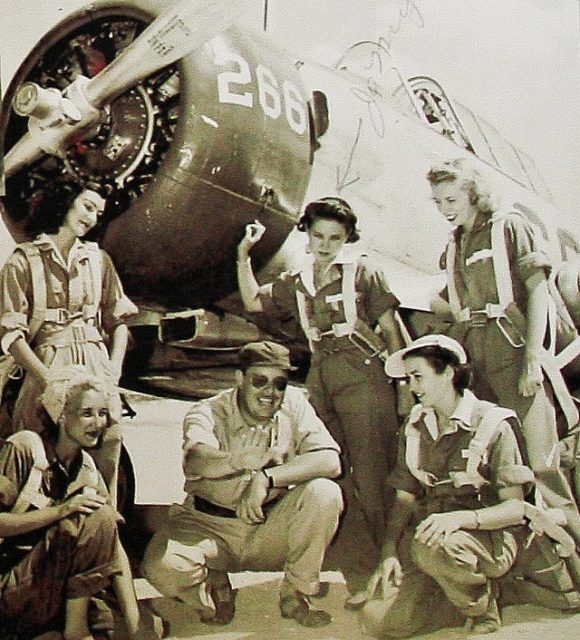
The WFTD worked with the Flight Training Command to train women to ferry aircraft. The initial aim was to train 500 women, but that was increased to a “maximum effort to train female pilots.” It was based at Aviation Enterprises at Howard R. Hughes Field, and by November 1942 the first trainees were recruited, nicknamed the “Guinea Pigs.”
Formation of the Women Airforce Service Pilots
With Cochran pushing for a single entity to control the activity of women pilots, General Arnold ordered the merging of both the WFTD and the WAFS. The move was announced on August 20, 1943, with Cochran as director and Love as the executive in charge of ferrying operations.
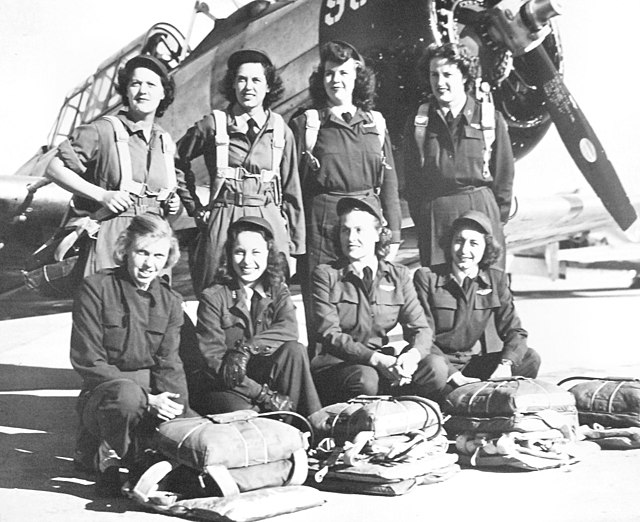
WASP adopted the same requirements as the WAFS but added that recruits needed to be at least 5-feet, 2-inches tall. Over 25,000 applied. The majority had trained with the Civilian Pilot Training Program, but only 1,830 were accepted. Of that number, only 1,073 graduated, including two Chinese Americans, two of Hispanic descent, and one Native American. All African American applicants were denied.
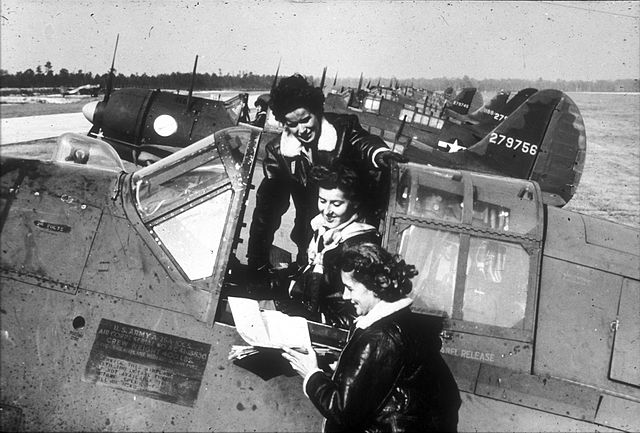
The WASP training spanned across 18 groups. While in possession of a pilot’s license, they were retrained to fly by the USAAF. They were not trained for combat, and received little acrobatic and formation training, but were given the necessary information needed to recover in case of emergency. By graduation, they were proficient in Morse code, military law, physics, meteorology, navigation, and mechanics.
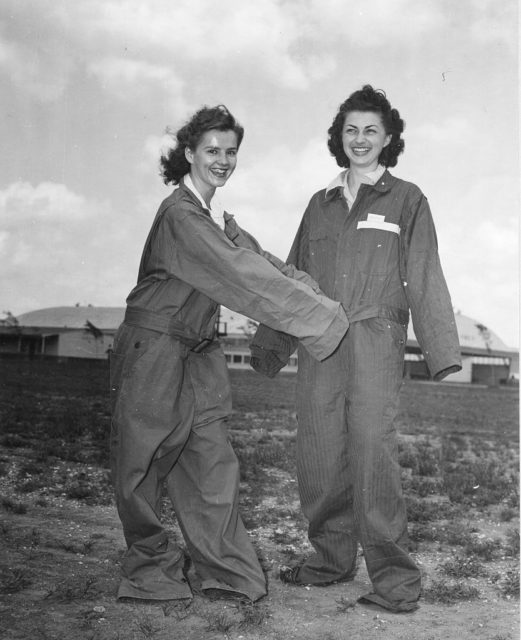
WASPs were stationed at 122 airbases across the US, freeing 900 male pilots for combat duty. They ferried planes, towed targets for live antiaircraft artillery practice, transported cargo, and simulated strafing missions. They flew almost every type of aircraft used by the USAAF during WWII, and when not flying studied radio communications and navigation.
Discriminated by their male counterparts
Despite providing an integral service, WASP members were subjected to discrimination from their male counterparts. They were paid only two-thirds of what male pilots earned, and their age range for service was lower “to avoid the irrationality of women when they enter and go through menopause.”
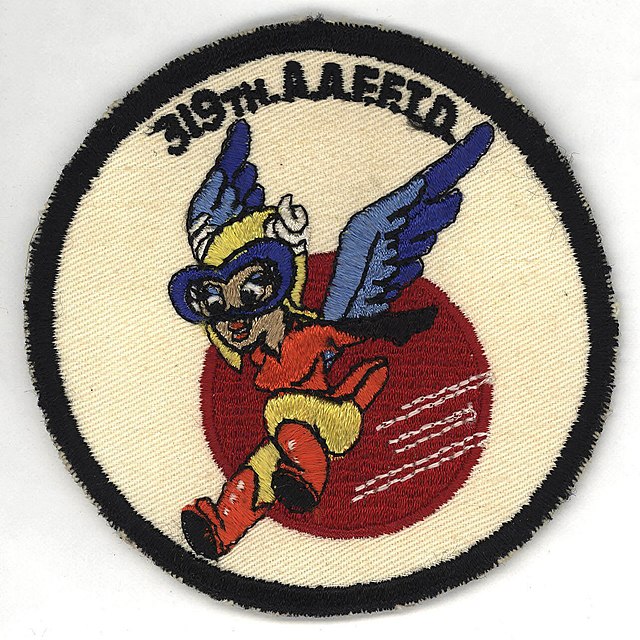
WASP members were considered US federal civil service employees and thus did not qualify for military benefits. This meant they had to pay for their own transportation costs when training, their room and board, and their uniforms.
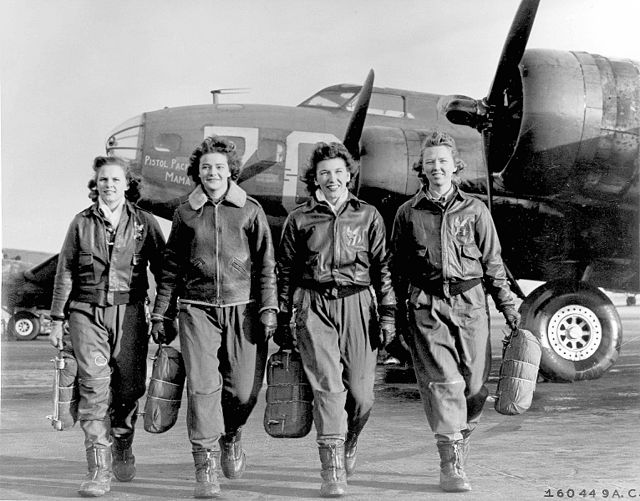
Representative John Costello tried to get the US House of Representatives to pass legislation that would allow the organization to be militarized. In January 1944, he introduced bill HR 4219, which would authorize women’s commissions in the USAAF, but it was narrowly defeated.
Disbandment of the WASP program
On June 5, 1944, the US House Committee on the Civil Service issued a report, in which it deemed the WASP program unnecessary and expensive. It recommended it be shut down, and as the USAAF had developed an excess of pilots and candidates, General Arnold ordered it disbanded by December 20, 1944.
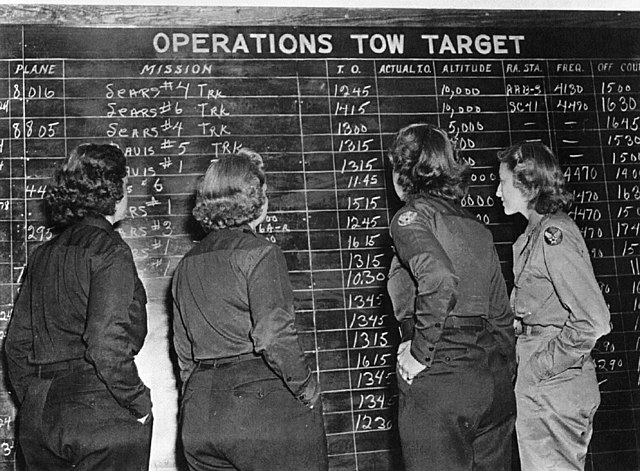
At the conclusion of the program, there were 915 female pilots on duty: 141 assigned to the Air Transport Command; 620 to the Training Command; 11 to the Weather Wing; 133 to the numbered air forces of the continental US; 9 to the technical commands; and 1 to the Troop Carrier Command. WASPs flew 80 percent of all ferrying missions, delivering 12,652 aircraft of 78 different types.
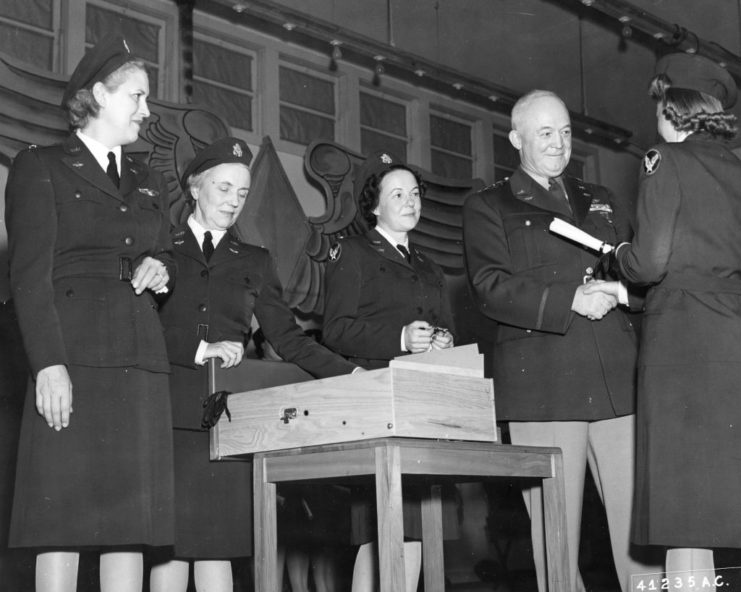
Unfortunately, the discrimination they experienced during their service continued after they were disbanded. The majority of pilots had to find their own transportation home, and all were denied piloting opportunities within the US. Some volunteered for the Chinese Air Force, which was still fighting the Japanese, and while the US Air Force offered commissions to former members in 1949, they were relegated to support and administrative duties.
A long-fought for legacy
Records about the Women Airforce Service Pilots program were classified and sealed for 35 years. The files were only declassified in the mid-1970s when efforts to gain the WASP’s recognition were brought before the US government.
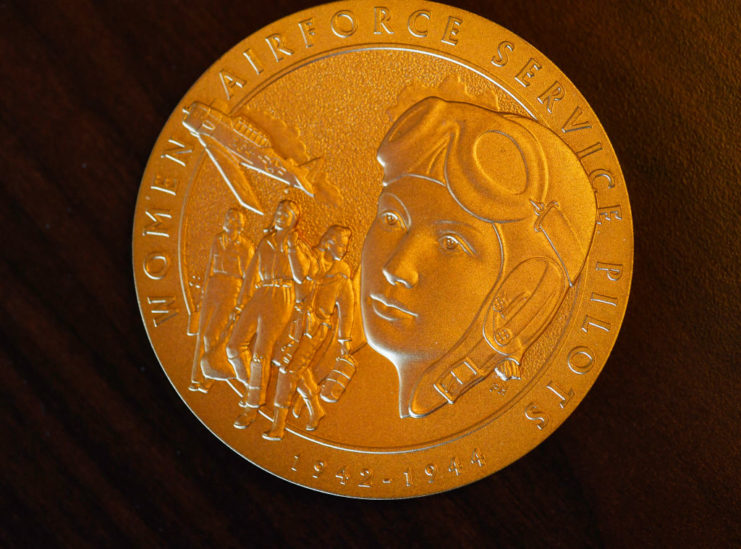
President Jimmy Carter signed the P.L.95-202, Section 401, The G.I. Bill Improvement Act of 1977, making WASP a military organization, in respect to those programs administered by the Department of Veterans Affairs. The women who served were given Honorable Discharge papers in 1979, and in 1984 they were awarded the World War II Victory Medal. Those who had served for over a year were also awarded the American Theater Ribbon/American Campaign Medal.
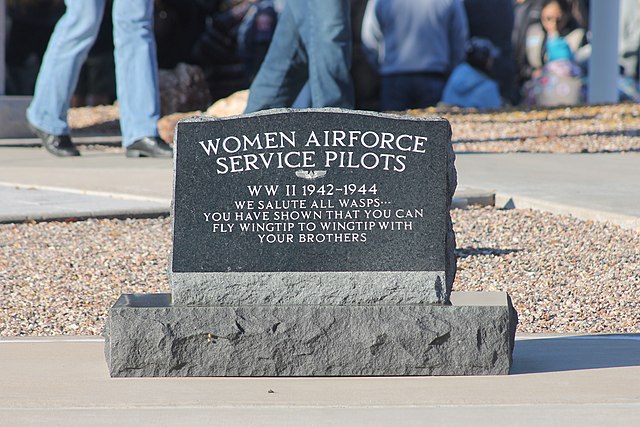
Efforts to gain recognition continued past their fight with the government. In 2005, former WASP member Deanie Bishop Parrish and her daughter opened the National WASP WWII Museum, and four years later the organization was inducted into the International Air & Space Hall of Fame at the San Diego Air & Space Museum. That same year, President Barack Obama awarded each member with the Congressional Gold Medal.
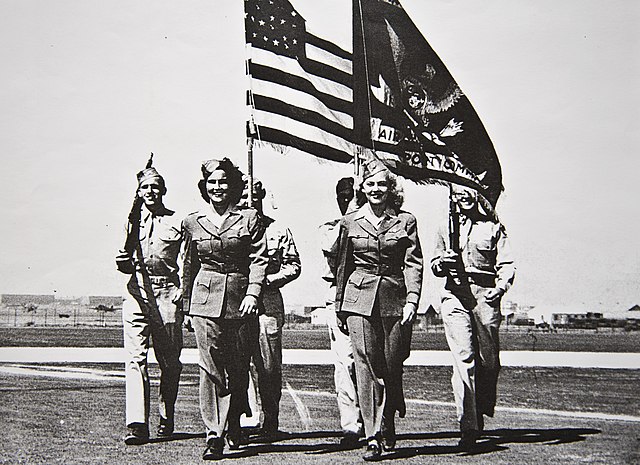
New! Want to become a trivia master? Sign up for our War History Fact of the Day newsletter!
The female pilots made attempts to stay in touch. In November 1944, those who served at Maxwell Air Field founded the Order of Fifenella, whose goal was to help WASP members maintain contact and find employment. They issued newsletters, organized reunions, and helped influence government legislation. Their last meeting was held in 2008, and a year later the organization disbanded.
